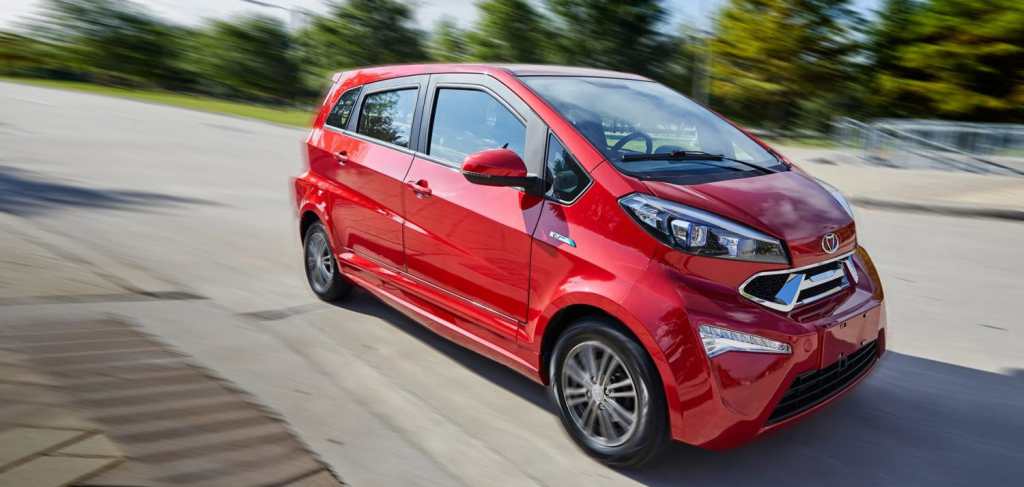Read The Full Article On: Nationalinterest
This is known as vehicle-to-grid technology and is seen as the future as we move towards more electrification of transport and a smart grid.
Technically it is possible. You could charge your electric vehicle (EV) with solar photovoltaic panels (or any other means), and if the EV is not used, the stored energy could be pushed back into the grid, especially during hours of peak demand for electricity when market prices are high.
This is known as vehicle-to-grid technology and is seen as the future as we move towards more electrification of transport and a smart grid.
But manufacturers of electric vehicles have been reluctant, at first, to allow the bidirectional flow of power, for two reasons.
First, it could accelerate the degradation of batteries, which means they would need to be replaced more often. Second, the EV has to connect to the grid in the same way a solar photovoltaic system does, complying with standards to protect line operators and maintenance personnel working on the grid.
Such advanced bidirectional charge controllers come at an additional cost. Nevertheless, EV manufacturers such as Audi and Nissan have now taken steps to enable vehicle-to-grid connection with some of their models.
For EV models that do not have onboard inverters (to convert the DC electricity in the electric car to AC electricity we use in our homes), there are now bidirectional invertersavailable to connect any electric car. But the issue of battery life remains.
The continual charging and discharging through a 90% efficient converter shortens the life of the battery, and depending on brand and model, it may need replacing every five years. At more than NZ$5,000, this is a significant price tag for “energy prosumers” – people who both produce and consume energy.
Economic and practical considerations
There are other considerations that are very context-specific. These relate to the additional charges for enabling the export of electricity from households, which vary between lines companies and retailers (or local authorities), as well as the buy-back rate of the electricity, which again depends on the purchaser of the electricity.
At the moment, these specific circumstances are seldom favourable to justify the additional cost of the infrastructure needed to connect an electric car to the grid.
There are also practical considerations. If the EV is used for the morning and evening commute, it is not at the home during the day to be charged with a solar system. And if it is (hopefully) not charged during peak demand hours, but mostly in off-peak hours at night, then the vehicle-to-grid route makes less sense.
It only starts to make sense if an EV is not used daily, or if EVs are available to a larger network than just one household. There are major opportunities for EVs to be used in communities with microgrids that manage their own generation and consumption, independent of the larger grid, or if large smart grid operators can manage distributed EVs remotely and more efficiently.
Investigations are ongoing to make this a more practical reality in the near future.

